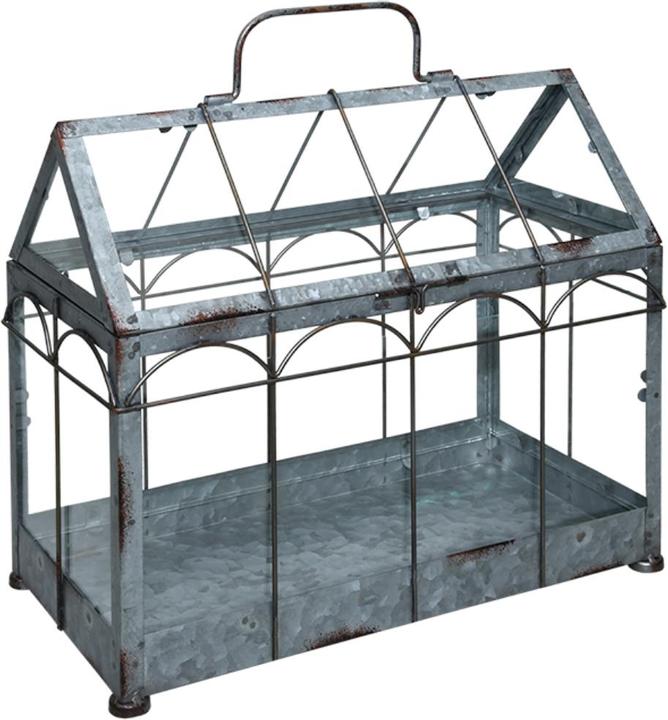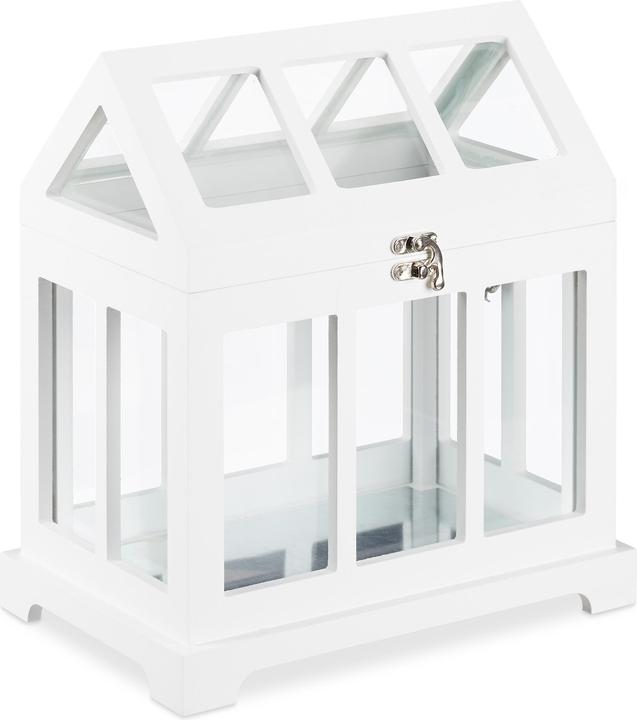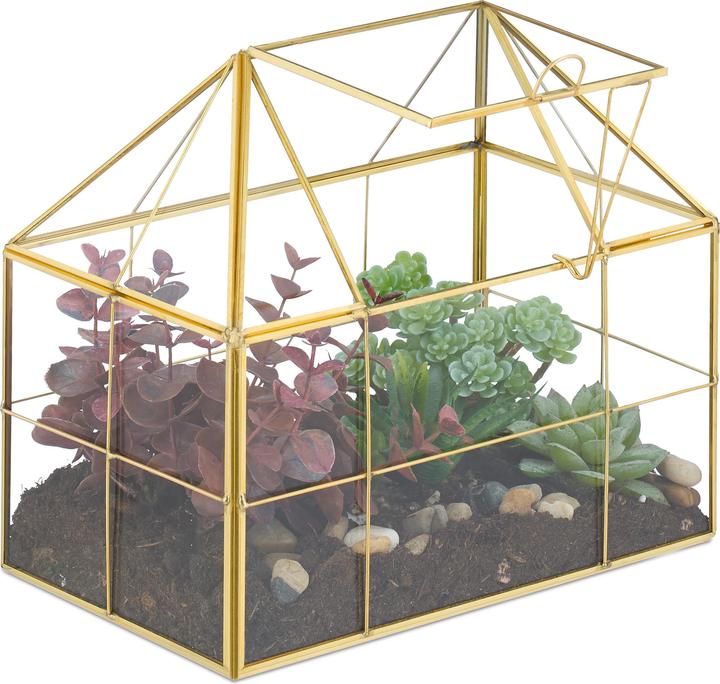
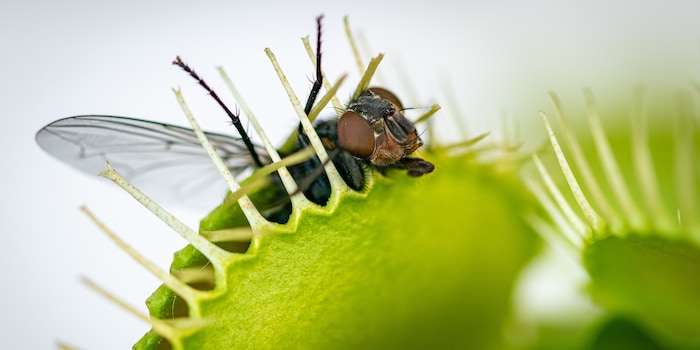
Please don’t feed carnivorous plants!
They look like little monsters, yet they’re surprisingly sensitive. You shouldn’t feed carnivorous plants. If you do, the trap will shut and the plant will die.
As a child, plants were as boring as math homework. There was just one exception. In my parents’ bedroom we had carnivorous pitcher plants, and I loved feeding them dead flies. One day, I even got my own Venus fly trap and fattened it up with everything that had six legs.
Now I know that was probably its death sentence.
«Huh? Carnivorous plants feed on insects, don’t they?», you might think. Yes, that’s true. But the crucial thing is how.
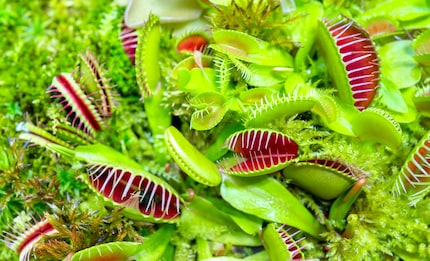
Source: Alex Popov/Shutterstock
It needs to fight for its life
First and foremost, it’s important that the insects are alive (link in German). This is because, unlike pitcher plants, the Venus fly trap only begins to produce digestive enzymes when something is wriggling in its «gullet». These are then used to decompose its prey. In the case of a dead insect, the trap flap opens again before the creepy crawler’s been digested. This requires a lot of energy. Worse still, each leaf trap can only close five to seven times before it dies.
The size of the insect also matters. The rule of thumb is that the prey should be no more than a third of the size of the Venus fly trap. This is the only way it can digest the plant effectively. Prey that’s too large can often fight its way free or rot in the trap without being completely decomposed. This then becomes a breeding ground for mould and bacteria.
And finally, frequency also plays a role. Feed them every few weeks at most – or not at all even. Otherwise, it can quickly succumb to an excess of nutrients. In the wild, the exact opposite is the norm: carnivorous plants grow on nutrient-poor soils. They originally grew insect traps to avoid starvation.
Loads of sun and moisture
When the carnivores are in nutrient-rich soil, they only need two things: light and moisture. You should water carnivorous plants with lime-free, soft water. And they prefer to be fed from below (link in German). What you can do is pour water into their saucers and top them up regularly.
To ensure they get enough light, it’s best to place them directly by the window – for example, in a terrarium or mini-greenhouse to keep the air moist. Failing that, your kitchen is more than ideal. Humidity is usually higher there than in other living spaces. And if you’re lucky, it might even eat some fruit flies.
Polished off with some absurdity
If you want to avoid losing your hamster or your mouse, stay away from the Nepenthes Rajah. The pitcher plant from Borneo, which is now available online, can – although extremely rarely – swallow whole rodents.
Fortunately, my parents’ potted plants weren’t big enough for my guinea pigs at the time.
Have you ever had carnivorous plants? Tell us more in the comments.
I love anything with four legs or roots - especially my shelter cats Jasper and Joy and my collection of succulents. My favourite things to do are stalking around with police dogs and cat coiffeurs on reportages or letting sensitive stories flourish in garden brockis and Japanese gardens.
Interesting facts about products, behind-the-scenes looks at manufacturers and deep-dives on interesting people.
Show all